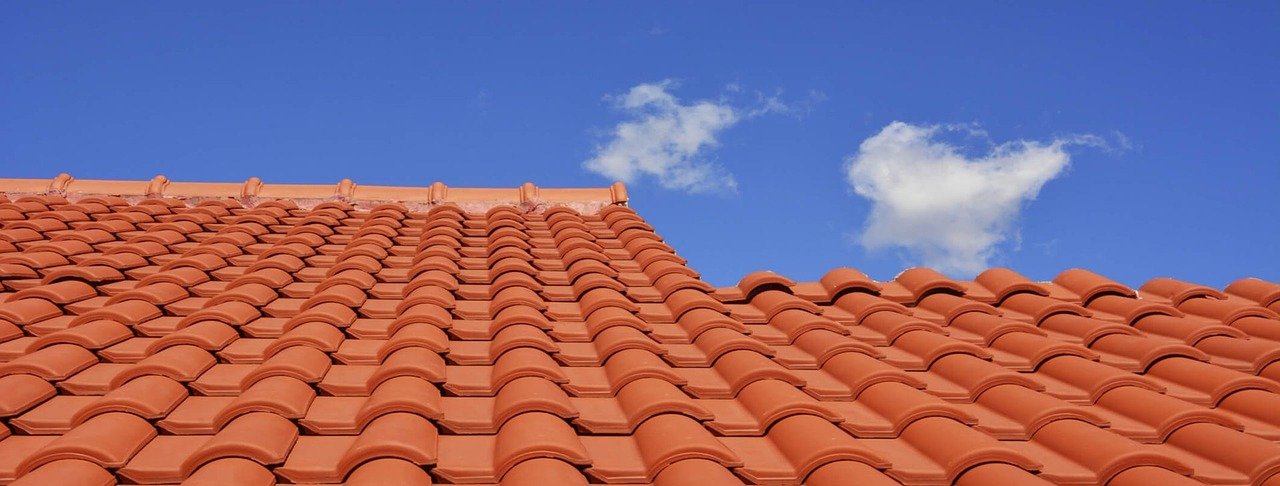
Roof tiling, an essential aspect of building construction, has significantly evolved over centuries from simple clay tiles in ancient civilizations to modern sophisticated options that offer durability and aesthetic appeal. This roofing technique not only protects structures from various weather conditions, including rain, snow, and extreme temperatures, but also contributes to the energy efficiency and overall value of buildings. Today’s market provides a plethora of tile materials such as slate, concrete, and synthetic compositions, each with unique benefits and challenges. Additionally, the choice of roof tiles impacts the architectural style and can harmonize with or completely transform the external appearance of a home or building. Understanding roof tiling involves examining the properties of different materials, installation methods, maintenance requirements, and environmental impact, all crucial for making informed decisions suitable for specific climatic conditions and personal preferences.
Roof Tiling
Roof tiling is an essential aspect of construction and architecture, not only providing a protective barrier against the elements but also contributing significantly to the aesthetic appeal of a building. The history of roof tiling dates back to ancient civilizations such as the Greeks and Romans, who utilized tiles made from materials like clay and stone to enhance the durability and beauty of their structures. In modern times, roof tiles come in a variety of materials including terracotta, slate, concrete, and even advanced composites designed to offer better insulation and weather resistance. Each material has its advantages and limitations, making the selection of roof tiles a crucial decision in building design and construction.
Installing roof tiles is a specialized craft that requires precision, experience, and the right set of tools. Proper installation begins with preparing the roof surface, ensuring it is clean, level, and ready to support the tiles securely. Roofing contractors often use specialized tools such as tile cutters, nail guns, and adhesive applicators to fit and secure each tile accurately. Attention to detail is vital to prevent any gaps or overlaps that could allow water ingress, which might lead to damage over time. Furthermore, understanding the specific requirements and characteristics of each type of tile is critical, whether it’s ensuring the alignment of slate tiles for optimal overlap or meticulously spacing concrete tiles for expansion and contraction.
Roof tiling also plays a pivotal role in energy efficiency and sustainability. Well-installed tiles can offer excellent thermal insulation, reducing the need for artificial heating or cooling and consequently lowering energy consumption. Additionally, certain roof tiles are designed to reflect solar radiation, further contributing to a building’s energy efficiency. When choosing roof tiles, builders and homeowners are increasingly considering environmentally friendly options, such as those made from recycled materials or those whose production process has a reduced environmental footprint. This shift not only caters to the growing demand for sustainable building practices but also aligns with broader efforts to minimize environmental impact in the construction industry.
Maintaining a tiled roof is vital to extending its lifespan and ensuring it continues to function effectively as part of the building’s envelope. Regular inspections are advised, especially after severe weather, to identify and repair any cracked or dislodged tiles that could expose the substructure to moisture. Cleaning the tiles to remove moss, lichen, or debris can also prevent deterioration, while periodic applications of protective sealants can enhance the tiles’ resistance to weathering. Investing in professional tile maintenance services can keep a roof in optimal condition, preventing costly repairs in the future and maintaining the property’s aesthetic and structural integrity.